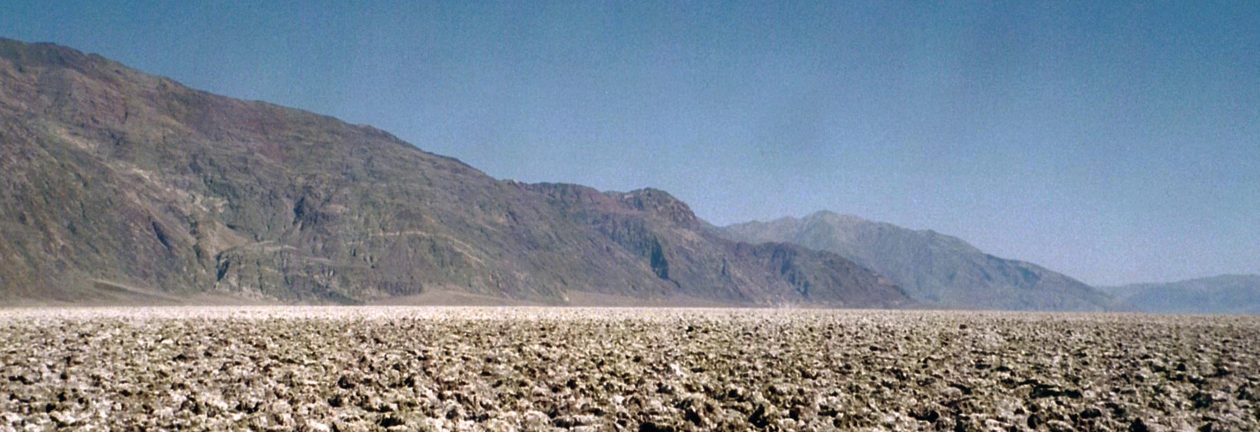Hanoi, Vietnam
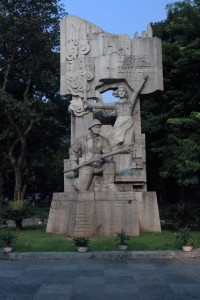
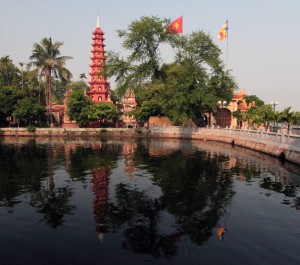
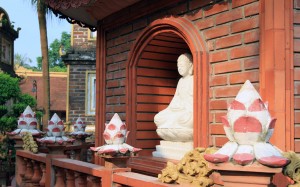
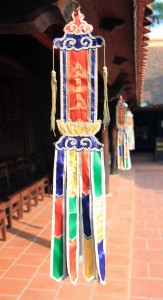
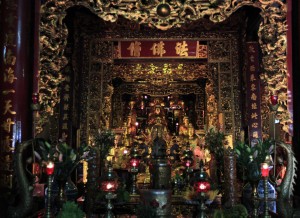
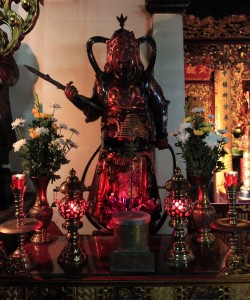
I woke up at about 05:30 on my designated soft-sleeper bed in the train car and in about ten minutes we reached the Hanoi Railway Station; I donned my bags and walked out of the station and to the hotel I made a reservation with (the streets were just waking up with activity at this time and for the most part it was peaceful – the only time I would ever see Hanoi like this). I made it to the hotel and – after waking up the hotel receptionist, who was sleeping on the floor – I checked in; lucky for me, the room was unoccupied and ready to be so at this time in the morning; so I walked up four flights of stairs, dropped my bags on to the floor, and took a much needed shower; I also made sure to wear conservative (even all black) clothes to pay my respects to Uncle Ho’s corpse today. I then walked downstairs and outside to a bustling Hanoi. From the hotel, I walked north past stone monuments and a remnants of a French colony (a round fortress and a number of European-style buildings) to the West Lake in Hanoi. After traveling through a residential area of somewhat well-to-do apartments, I walked to the Trấn Quốc Pagoda, which is a Buddhist temple on a small island in the lake, now connected by a causeway that has cut a piece of the lake off from the rest; Trấn Quốc Pagoda is the oldest pagoda in Hanoi, built in the sixth century, and was originally located next to the Red River, but was relocated in 1615 to its current home; the temple is very picturesque with its proximity to the water and I like the layout and mellow warm colors of the temple; I walked around the pagoda first and then in to two halls (one hall had many golden Buddha statues, one behind the other, and looked spectacular); also, I visited the bodhi tree in the back of the compound, which, in 1959, was taken as a cutting from the original bodhi tree (at the Bodh Gaya in India), where the Buddha had obtained enlightenment, and given to Vietnam as a gift.
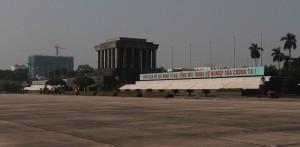
After visiting Trấn Quốc Pagoda, I walked south to Ho Chi Minh’s Mausoleum. Much to my dismay, I discovered that the mausoleum is closed from September 5th to December 6th for renovation; I had read online, that every year (around this time), for three months, the dead guy is flown to Moscow for maintenance, but I was hoping that it wouldn’t be until October (“Okay . . . okay . . . DISAPPOINTED!”); I was really hoping to see another dead communist leader (you know, after this one it would’ve been “two down, two to go” – the remaining two would’ve been Vladimir Ilyich Ulyanov (alias Lenin) and Kim Jung-il . . . his son may make a third pretty soon from what I’ve read, that fat piece of shit). Oh well, I’ll have to content myself by looking at his face on Vietnamese dongs . . . wait, no!
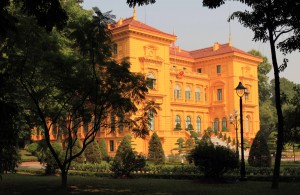
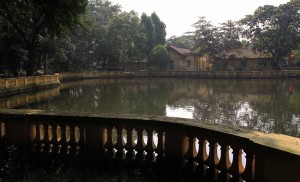
From the mausoleum, I walked next door to the Presidential Palace; visitors may not enter the actual palace, but we were free to walk around the part of the palatial grounds; the palace was constructed by the French architect, Auguste Henri Vildieu, and the grounds had several servants’ buildings, which, while Ho Chi Minh ruled over North Vietnam, he lived in; several rooms displayed some of Ho Chi Minh’s automobiles, his library (with portraits of Karl Marx and Lenin), his receiving room for guests, his dining room, and his modest bedroom; the grounds also had a large carp pond, flower trestles, a traditional stilt house (part of the state produced Ho Chi Minh legend), and a road lined with mango trees that Uncle Ho would use for morning exercises. After visiting these sites and taking a picture with some Vietnamese women (foreigners do interest them), I walked out of the palace grounds.
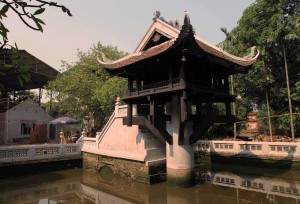
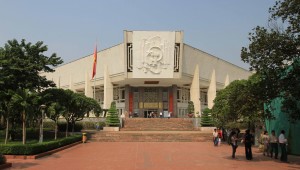
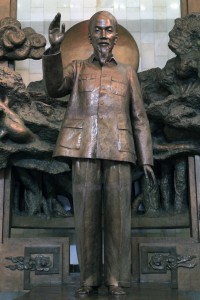
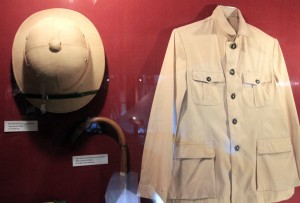
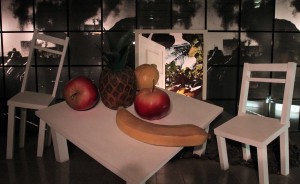
On my short walk over to the Ho Chi Minh Museum of Hanoi, I stopped at One-Pillar Pagoda (in between the palace and museum); the pagoda consists of one pillar with a small wooden temple on top, built by Emperor Lý Thái Tông in the eleventh century; the original was destroyed in 1954 by the French at the end of the First Indochina War and the current one was built shortly afterwards. After visiting the pagoda, I then continued on to the museum. This museum, dedicated to Ho Chi Minh, takes the visitor inside an abstract recreation of his mind (although some rooms inside his mind were still under construction), following events from his history chronologically; some exhibits are straight forward and showcase many artifacts from his life, others are very post-modern artsy and try to take the visitor through the turbulent changes brought on by the Industrial Revolution, through Uncle Ho’s brain while he fermented his revolution, and up to to his death; one room, behind a curtain, looked like the inside of some nightmarish circus tent (I thought I had walked in to a museum showcasing the inside of my mind at this point); another was inspired by Picasso and showed the destructive force of Fascism in Spain (based off of his painting, ‘Guernica’). It was a very unique museum and I like the idea of how it was laid out, but I wish the execution would’ve been more focused to really take a visitor through the evolving mind of Ho Chi Minh (it was much better than the one in Ho Chi Minh City, but of course this is the capital).
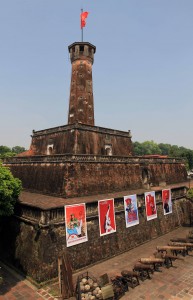
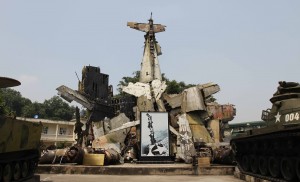
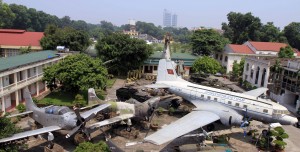
From the Ho Chi Minh Museum, I next walked to the Vietnam Military History Museum, across the street from a large statue of Lenin. This museum shows the history of Vietnam through its military might from the first to the twentieth century; it also has many artifacts from the Vietnam War, such as wreckage from a B-52, F-111A, Hellcat fighter, and other aircraft shot down by the North Vietnamese; there are also displays of current Vietnamese military weapons; within the museum grounds is the Flag Tower of Hanoi, a brick fortress with a central, tall tower built in 1812 by King Gia Long of the Nguyễn Dynasty. I walked through the museum grounds, looking at all the American and Soviet produced weaponry; I then went up to the top terrace of the Flag Tower fortress before exiting the museum at lunch time (when the museum closed until 13:30).
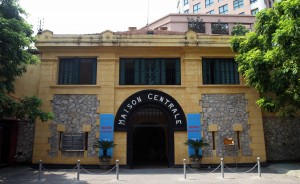
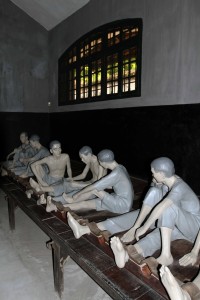
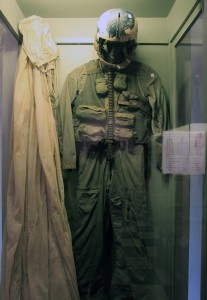
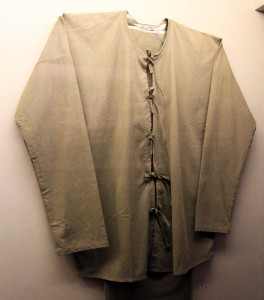
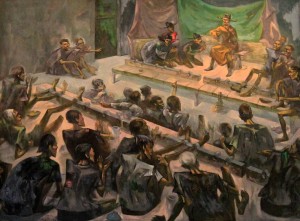
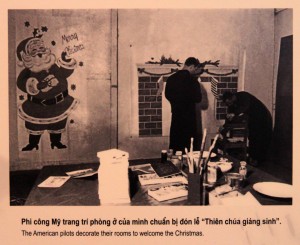
From the Military History Museum, I walked south to Hỏa Lò Prison (sarcastically named the “Hanoi Hilton” by American POWs during the Vietnam War). Surprisingly, the prison museum remained open during lunch time, so I bought a ticket and walked inside. The majority of the original prison, built by the French in the late nineteenth century was demolished in the 1990s to make way for apartments and commercial buildings, so only a small portion of the prison, behind the original French gate (“Maison Centrale”), remains today. The prison museum takes the visitor through the harsh colonial times (showing how poorly Vietnamese were treated by the French) to the wonderful days of the Vietnamese War (there are photographs showing American POWs decorating their rooms for Christmas, playing basketball, attending mass, eating extravagant meals, etc.; it is quite unbelievable how different the prison was under the French compared to North Vietnam . . . and any sensible person would be correct in not believing it; the Vietnamese government wants its citizens and tourists to believe that the Hỏa Lò Prison was the nicest, cleanest, and most luxurious to ever exist in a time of war (this obviously runs contrary to history); in actuality, all the crimes committed by the French were in turn committed by the North Vietnamese: torture, inadequate rations, substandard living conditions; the testimonies of the American POWs tell a very different story and all the photographs depicting a grand life for detainees were staged to fool the world (and Jane Fonda) – just like pretty much all state sponsored photographs, they are complete bullshit (my nation included in this criticism); of course Vietnam cannot own up to the past, just like they can’t not refer to South Vietnam as a puppet regime (almost every placard in the Military History Museum that referred to South Vietnam used the word “puppet”) – if they told the truth (about their past crimes and how South Vietnam was a legitimate sovereign nation), then their citizens may begin to openly question the state and start to scrutinize it, which would eventually mean death to any authoritarian government (Fascist or Communist, both require an all powerful central government to control the lives of their subjects and keep them in line, they just espouse different political views (which is worse is open to debate, after all, Stalin did murder more people than Hitler, but they rule practically the same)). Anyway, the prison also had some neatly pressed clothes that the American POWs supposedly wore, but looked as though they were only worn on special (PR) occasions; there was also a display case with (supposedly) the flight uniform that John McCain was wearing when he was shot down in Trúc Bạch Lake in Hanoi (he was detained on and off in the Hanoi Hilton from 1967 to 1973). After walking through what remained of the infamous prison, I then exited the premises and walked back to my hotel, which was close by (I was tempted to stay in the Hilton Hotel while in Hanoi, but that would’ve cost too much); I then lounged in my room during the hottest time of day eating junk food and watching television.
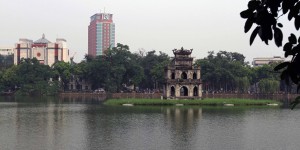
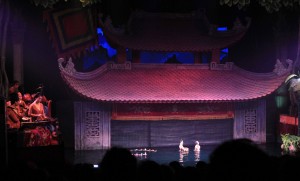
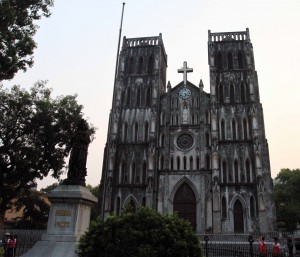
After that period of sloth and gluttony, I walked outside to Hoàn Kiếm Lake (meaning “Lake of the Returned Sword”, named so because, according to legend, in the fifteenth century, a Golden Turtle god asked Emperor Lê Lợi for the magic sword named “Heaven’s Will”, which the emperor had received earlier from the Dragon King god to use during his revolt to free Vietnam from the Chinese Ming Dynasty; the emperor obliged this divine tortoise and tossed the sword toward the reptilian deity, which the turtle caught in his mouth and then swam to the depths of the lake where he remained – this story was contrived to lend legitimacy to the emperor’s rule). I walked along the lake’s shore taking photographs of the Tortoise Pagoda on a small island in the lake before walking northeast to the Thang Long Water Puppet Theater. I bought my ticket to the performance (roughly hourly) and watched about forty minutes of water puppetry, which was very well done and certainly takes a great deal of talent; also, the musicians on the sidelines did a great job. After that performance, I walked back to the hotel, passing by St. Joseph’s Cathedral, constructed in 1886 in Neo-Gothic style.
After dropping my camera off in my room, I grabbed cash at a nearby ATM, and then I ate dinner at a restaurant close by; I had tortilla chips with guacamole and sour cream dip (taco flavored Doritos with meager portions of guacamole and mayonnaise (WTF?!)), a pizza with ham and wasabi leaves (this was the worst pizza I have had on my trip and the third one in Vietnam that did not have all the ingredients listed in the menu – why do a half-ass job and not live up to what your restaurant purports to sell? Why can’t merchants be honest? “Am I the only one around here who gives a shit about the rules?!”), and a draught beer. After dinner, I went back to my hotel room and drank some Hanoi Beer while watching ‘The World’s End’ on the tele (funny movie which I enjoyed); the beer ended up giving me a headache (something that beer had not given me since ages past), leading me to conclude that it is of very poor quality (it certainly tasted terrible compared to most of the beers I’ve had on my journey thus far). I soon passed out and fell asleep.
